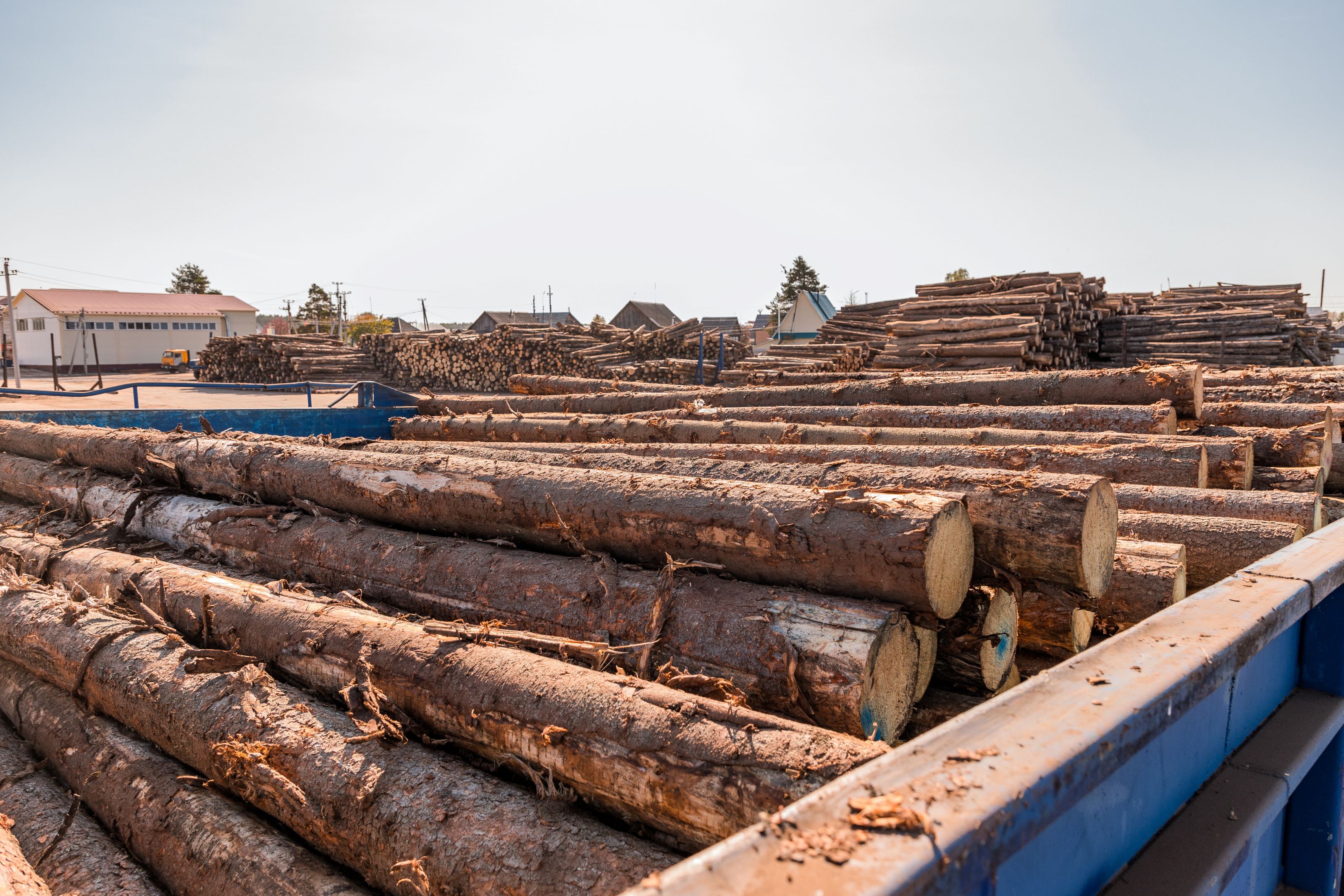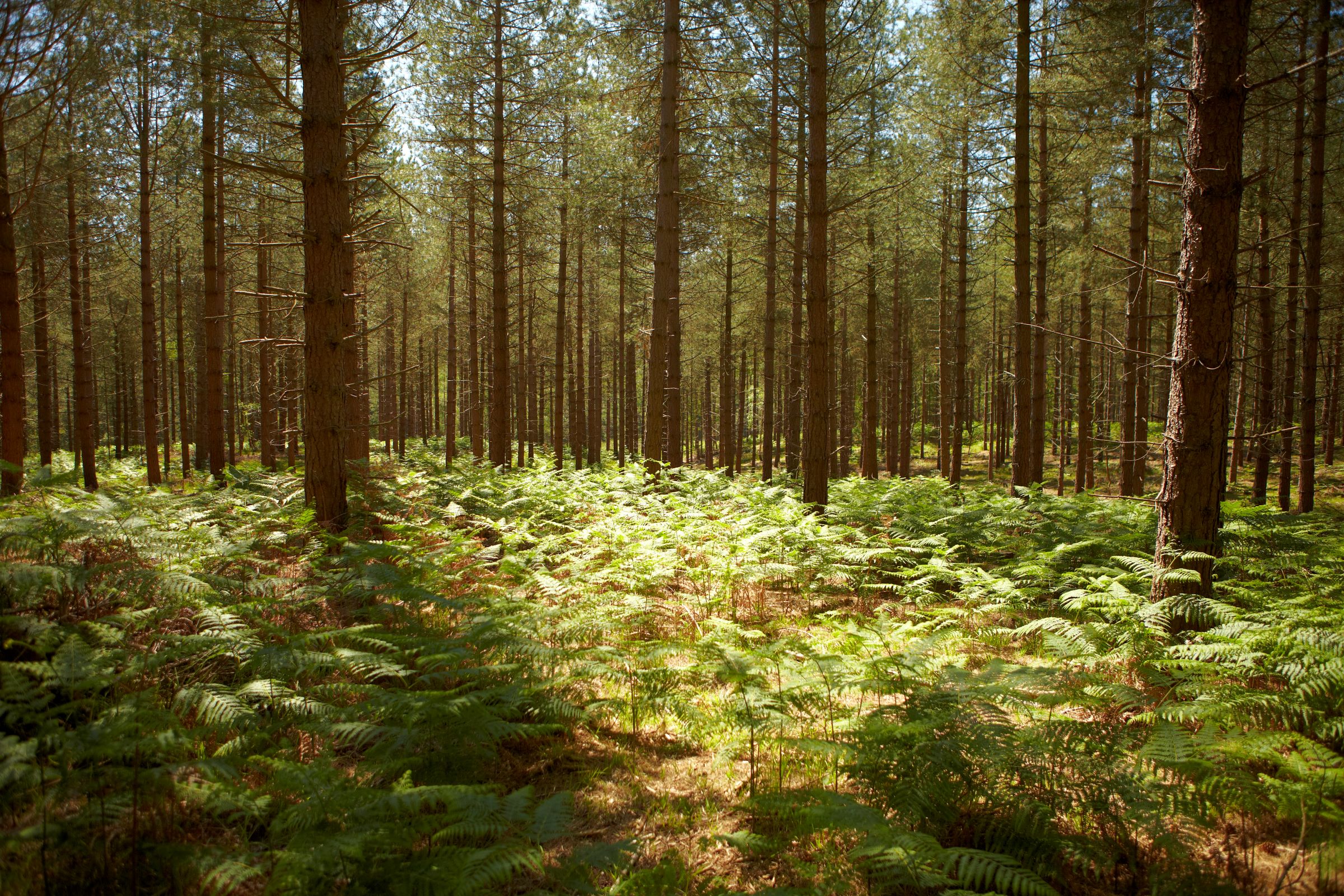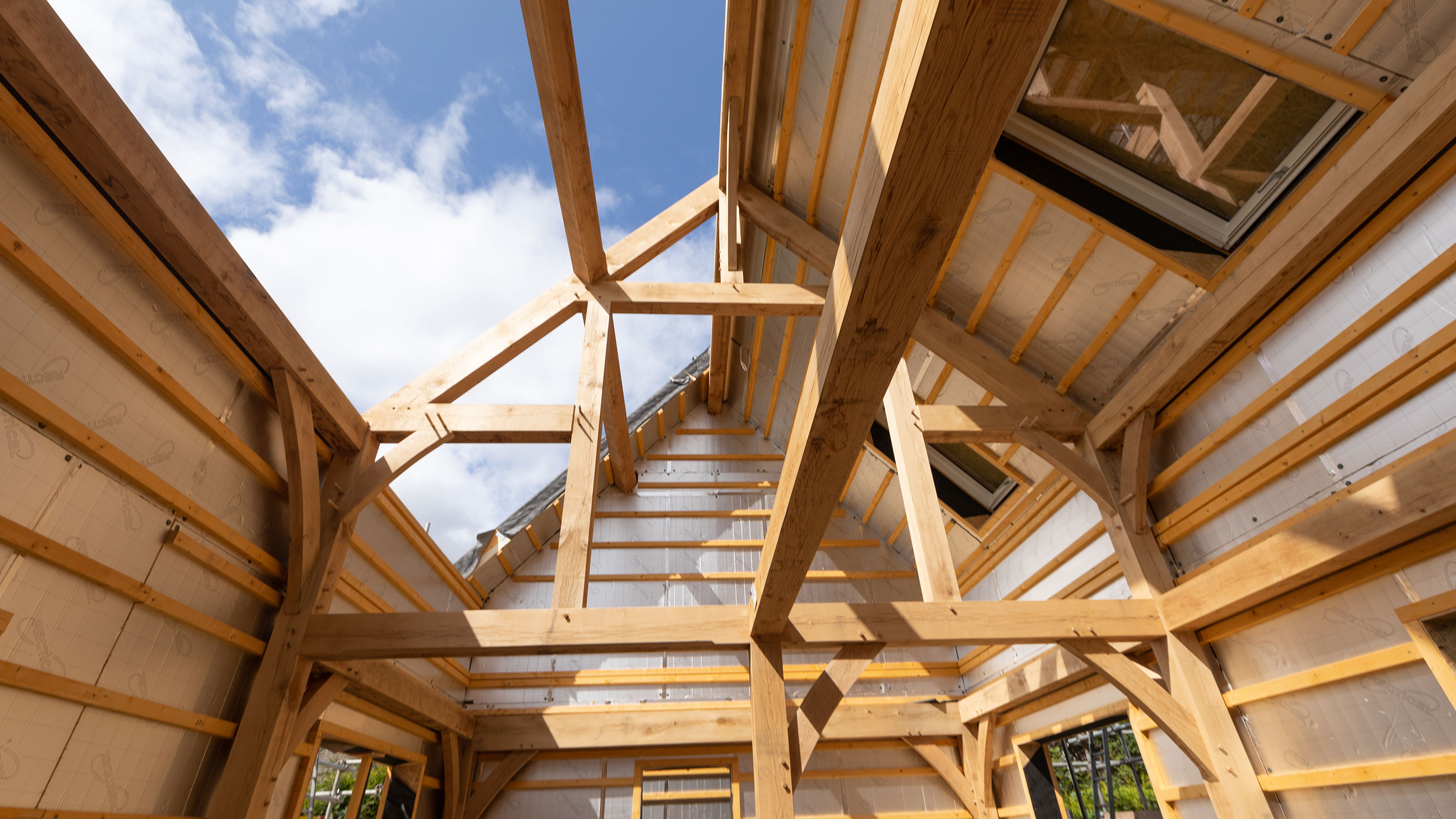Government invests £7.6m into UK timber for British homebuilding
The government aims to increase the number of homes made from timber with only 9% of England's made from timber compared to 92% in Scotland

The government is investing in UK timber production as part of its plans to improve the sustainability of the construction sector.
Officials claim a more robust home-grown supply of wood will reduce the UK’s reliance on imported timber – vital in a time of soaring building materials prices.
A document, 'The Timber in Construction Roadmap', claims that an increase in demand for timber can be encouraged by strong market signals from government and a conscious shift from industry to use alternative materials.
What are Britain’s current timber supplies like?
According to a government paper outlining the new policy, the UK is the third largest net importer of timber and wood products in the world and needs to increase its production of natural building materials.
The UK currently grows only about 20% of its wood requirement. According to trade body Timber Development UK (TDUK) the quantity of all imports in 2022 totalled 9.3 million cubic metres.
The paper adds: “Ensuring that our imported timber supply continues to be sourced from sustainable forests is vital as the carbon sequestration benefits of timber construction can only be claimed in whole life carbon assessments of buildings if that timber is from sustainably managed forests.”
What are the government’s plans?

Ministers aim to implement policies to plant more trees and encourage the sustainable use of timber frame and timber cladding.
Get the Homebuilding & Renovating Newsletter
Bring your dream home to life with expert advice, how to guides and design inspiration. Sign up for our newsletter and get two free tickets to a Homebuilding & Renovating Show near you.
These policies include:
- Improving data on timber and whole life carbon.
- Promoting the safe, sustainable use of timber as a construction material.
- Increasing skills, capacity, and competency across the supply chain.
- Increasing the sustainable supply of timber.
- Addressing fire safety and durability concerns to safely expand the use of engineered mass timber.
- Increasing collaboration with insurers, lenders, and warranty providers.
- Promoting innovation and high-performing timber construction systems.
The government has awarded £7.6 million to develop new technologies and working practices that boost homegrown timber and its new statutory woodland cover target aims to increase tree canopy and woodland cover in England to 16.5% by 2050 will also stimulate tree planting of both hard and softwoods.
How will this help reach net zero?

Where timber has been harvested from sustainably managed forests, timber products act as a carbon store, locking away carbon for the duration of that product’s life. At the individual building level, carbon storage is approximately 50% higher in timber framed homes than in masonry homes.
However, just 9% of English new build homes were timber framed in 2019, in contrast to Scotland where this figure was 92%.
Forestry Minister Rebecca Pow said: “Investing in timber is investing in growth and levelling up. The built environment is responsible for a huge proportion of UK carbon emissions, and using home-grown timber in construction is key to reducing emissions.
“Promoting the use of timber as a building material is a key part of the government’s Net Zero Strategy. It will innovate the economy, play a role in creating green jobs and also help meet our tree-planting targets.”
Sam is based in Coventry and has been a news reporter for nearly 20 years. His work has featured in the Mirror, The Sun, MailOnline, the Independent, and news outlets throughout the world. As a copywriter, he has written for clients as diverse as Saint-Gobain, Michelin, Halfords Autocentre, Great British Heating, and Irwin Industrial Tools. During the pandemic, he converted a van into a mini-camper and is currently planning to convert his shed into an office and Star Wars shrine.

